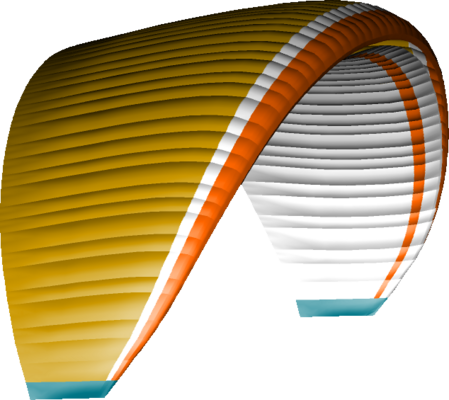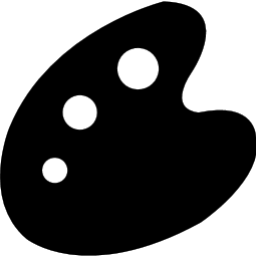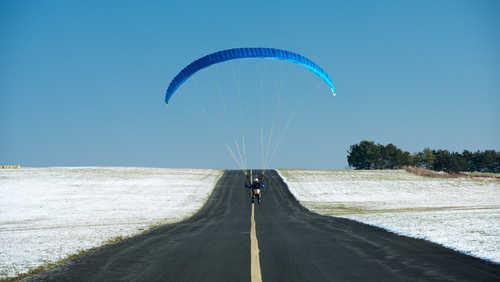
Development and Progress. The excellent performance, high degree of passive safety and the outstanding handling of the MENTOR series were the perfect prerequisites for the design of a paramotor wing. A soft-reflex profile, a trimmer system optimised for motorised flying and a flatter arc guarantee paramotor flying pleasure of the highest level.
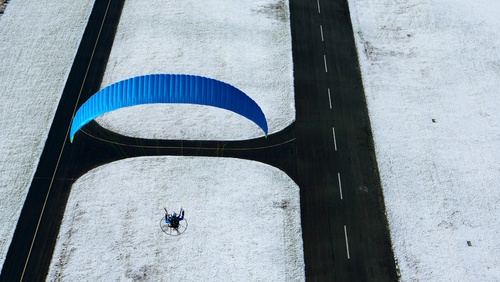
Stay up longer. The MENTOR series is synonymous with outstanding cross-country performance. The SPEEDMAX 2 profits from these characteristics: surprisingly little thrust is needed to keep the wing up. If the trimmers are released, the wing impresses with a high top speed whilst maintaining excellent directional stability.
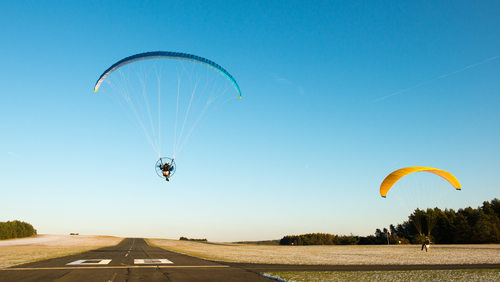
Simply flying. Thanks to its good inflation characteristics, the SPEEDMAX 2 is easy to launch, even in nil-wind. In combination with the agile handling and the good flare attributes, this results in a wing that is very easy to manage. The combi-riser system with two attachment points proves our aspiration for comfort and simplicity.
Requirements
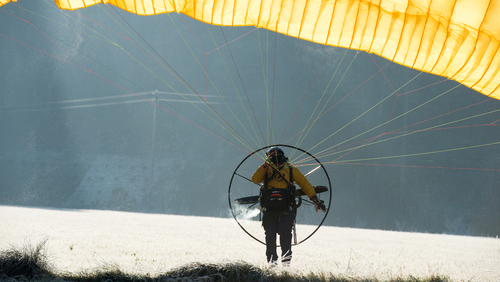
The SPEEDMAX 2 is a high-performance paramotor wing, which is not suitable for beginners. The wing is designed for recreational and advanced pilots.
For additional queries, your NOVA dealer will be happy to advise on the correct wing.
Soft-Reflex
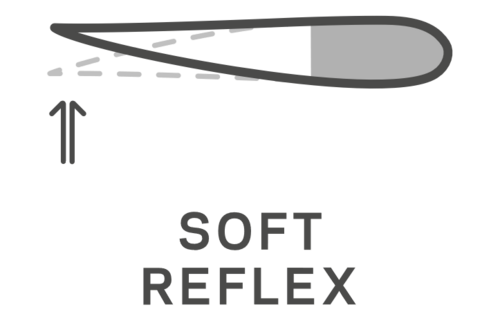
A soft-reflex profile allows the pilot to adjust the profile setting of the wing. With the trimmers released, the reflexed trailing edge maintains the stability of the wing.
Closing the trimmers reduces the reflex in the trailing edge and the profile is equal to a standard paraglider. This brings advantages to the launch and extreme flight behaviour as well as the handling.
FAQ
The MENTOR is a conventional wing which has become a class of its own. MENTORs dominate the XC rankings and are famous for their exceptional performance and high passive safety. Many of the wing's characteristics are also applicable to motorised flying and therefore it was used as basis for the design of the SPEEDMAX.
A reflex profile increases the stability of the wing. In strong turbulence the wing can still collapse. Very pronounced reflex profiles generally exhibit dynamic reactions to collapses. Categorically stating that reflex profiles are safer is therefore incorrect.
The SPEEDMAX 2 is designed and certified for motorised flying. It is aimed at advanced, enthusiastic paramotor pilots. The ION and MENTOR are designed as performance paragliders which are excellent for free-flight and paramotoring.
The reflex profile of the SPEEDMAX 2 is not very pronounced, even with fully open trimmers. Pulling the brakes only marginally affects the stability. Therefore adding tip steering, with all the added complexity, is not necessary.
Performance data depends heavily on the drag created by the pilot and this is linked to various factors like their seating position and harness type. We at NOVA never determine absolute performance data, instead we make comparisons with reference gliders. For this reason we do not publish performance data.
Sail cloth, lines and all other components are subjected to rigorous testing before they are used in serial production. We not only test the sail cloth for durability (high porosity or reduced tear resistance through UV damage or wear) but also for mechanical robustness, for example stretching. For quality control purposes we regularly take samples during serial production.
During the initial flights the lines are first subjected to load. This load induces a small degree of stretching and shrinking. These are not associated with the line manufacturers or the quality of workmanship - in the factory all NOVA paragliders are trimmed and pre-stretched to within a very low tolerance. To adjust this stretching or shrinking, we recommend that the wing is taken for NTT (NOVA Trim Tuning) after ten to twenty flights - after one year at the very latest. Generally, the line lengths remain constant after the first ten to twenty hours. To make full use of the NTT, NOVA encourages all pilots to have their wing checked after ten to twenty flying hours.
Dry, not packed too tightly and if possible in a space without wide temperature variations - these are the conditions that make our paragliders feel well. You should never store a wing when it is moist. You should also avoid excessive heat, like you would have, for example, in the car. Never remove dirt using chemical detergents and/or brushes.
The best person to contact is your authorised NOVA dealer. If there are no paragliding schools in your country, contact the NOVA importer. A list of our dealers and distribution network can be found here. If you have specific questions you are welcome to contact us directly.


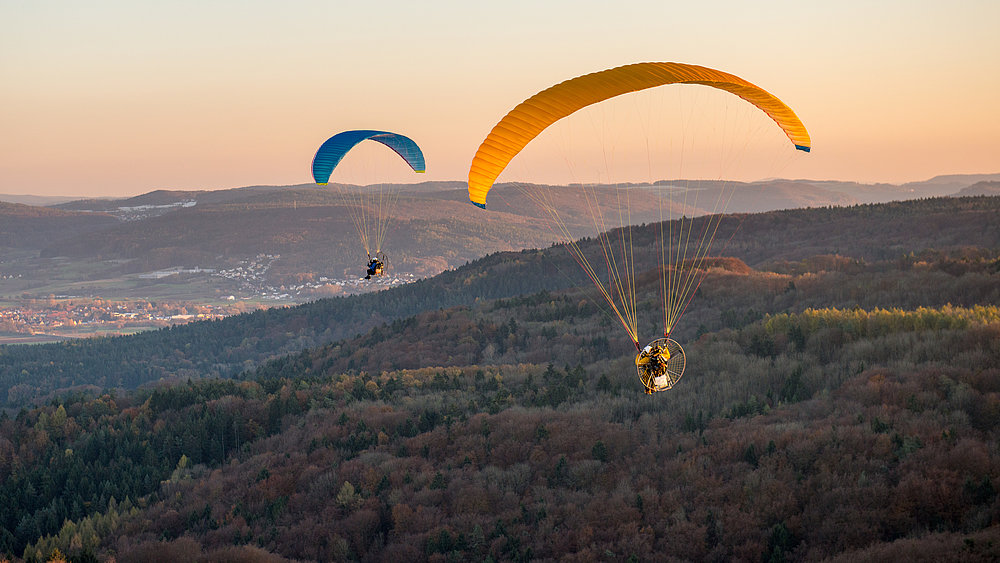
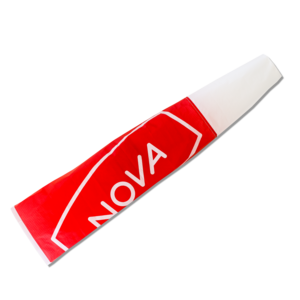 NOVA windsock.
NOVA windsock.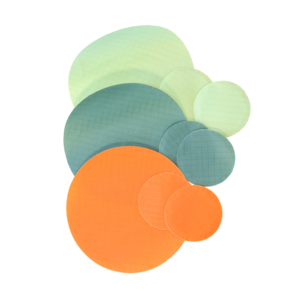 Repair kit.
Repair kit.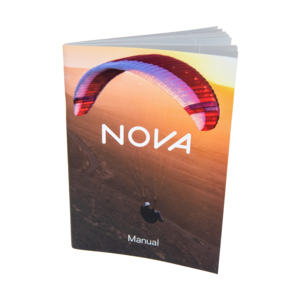 Manual.
Manual.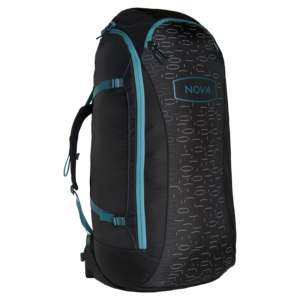 NOVA Rucksack.
NOVA Rucksack.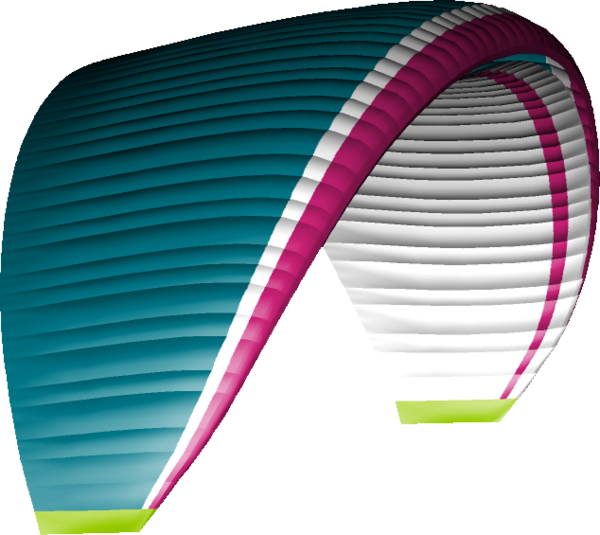 Petrol
Petrol
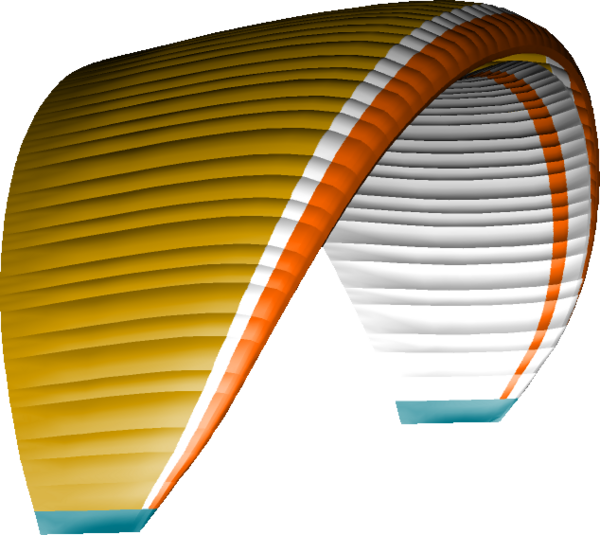 Gold
Gold
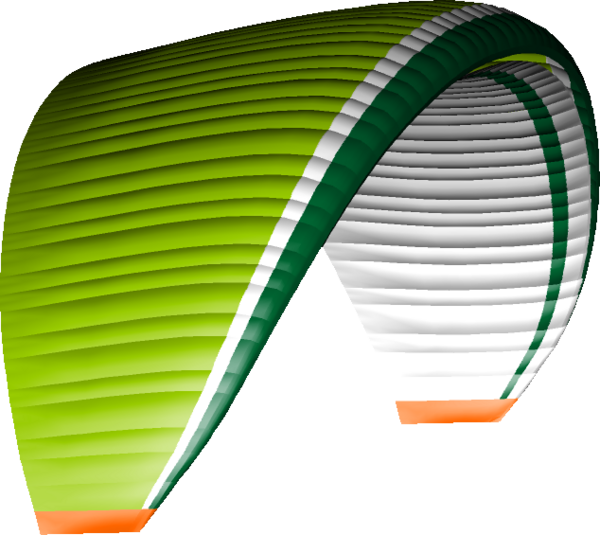 Lime
Lime
